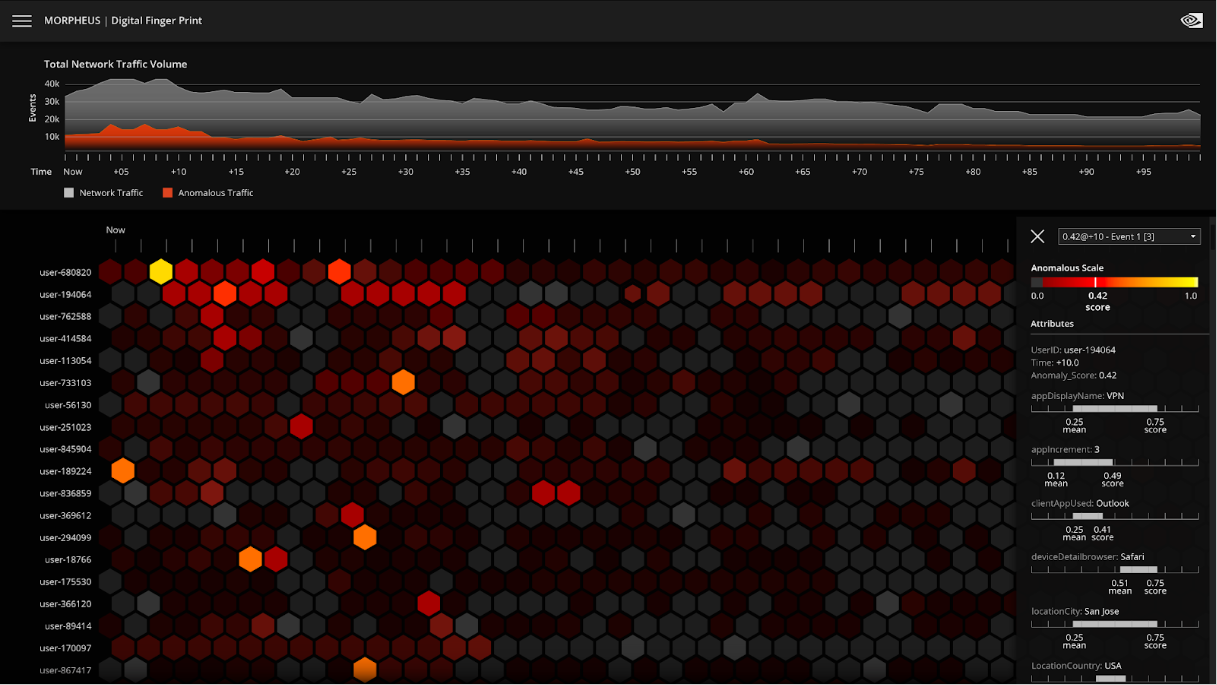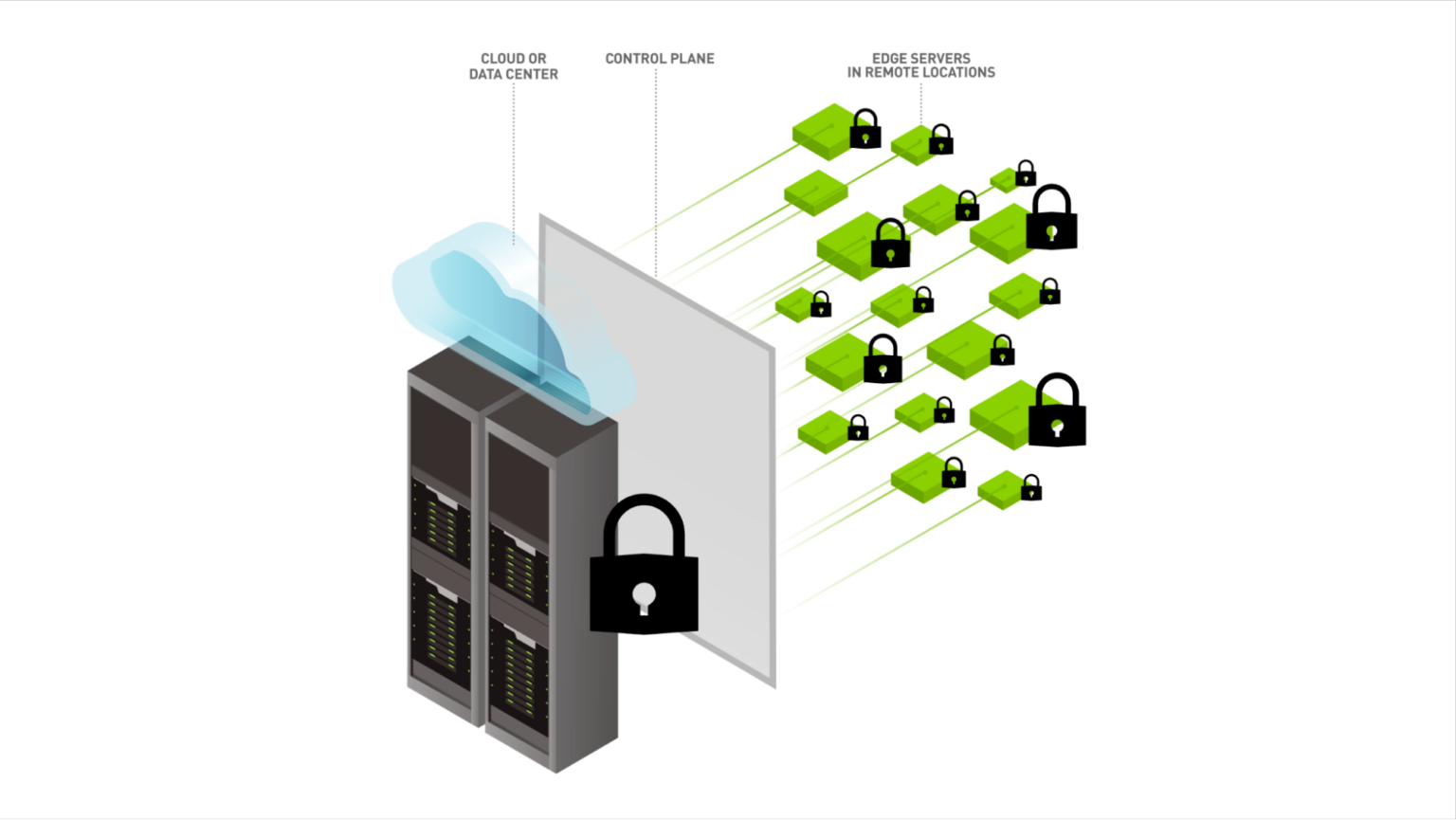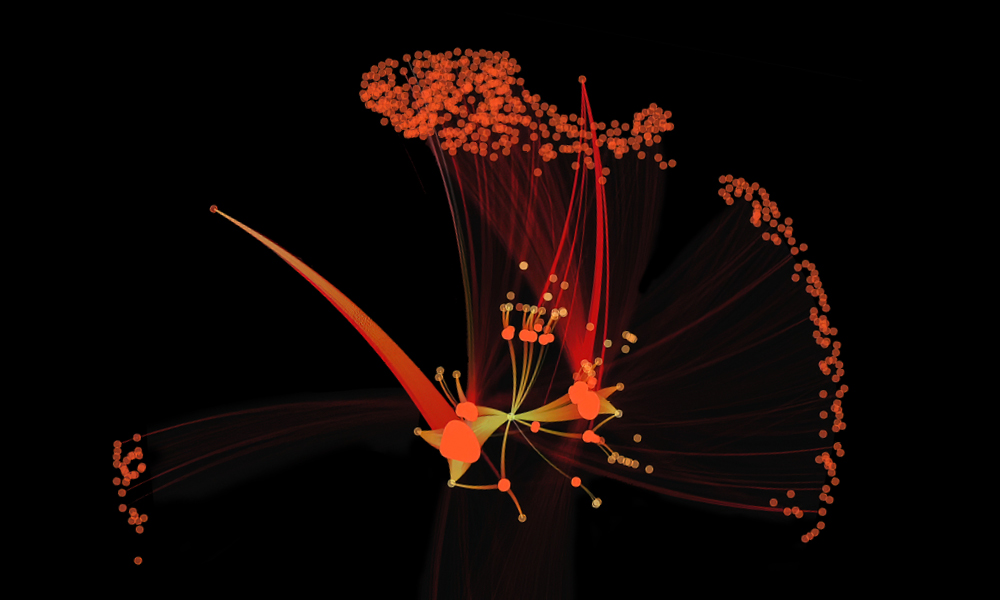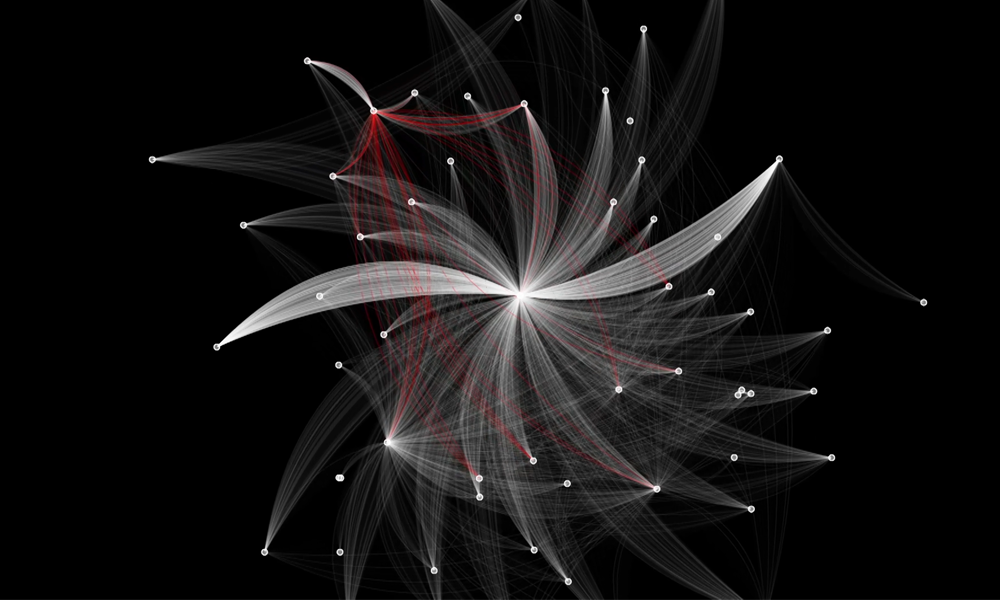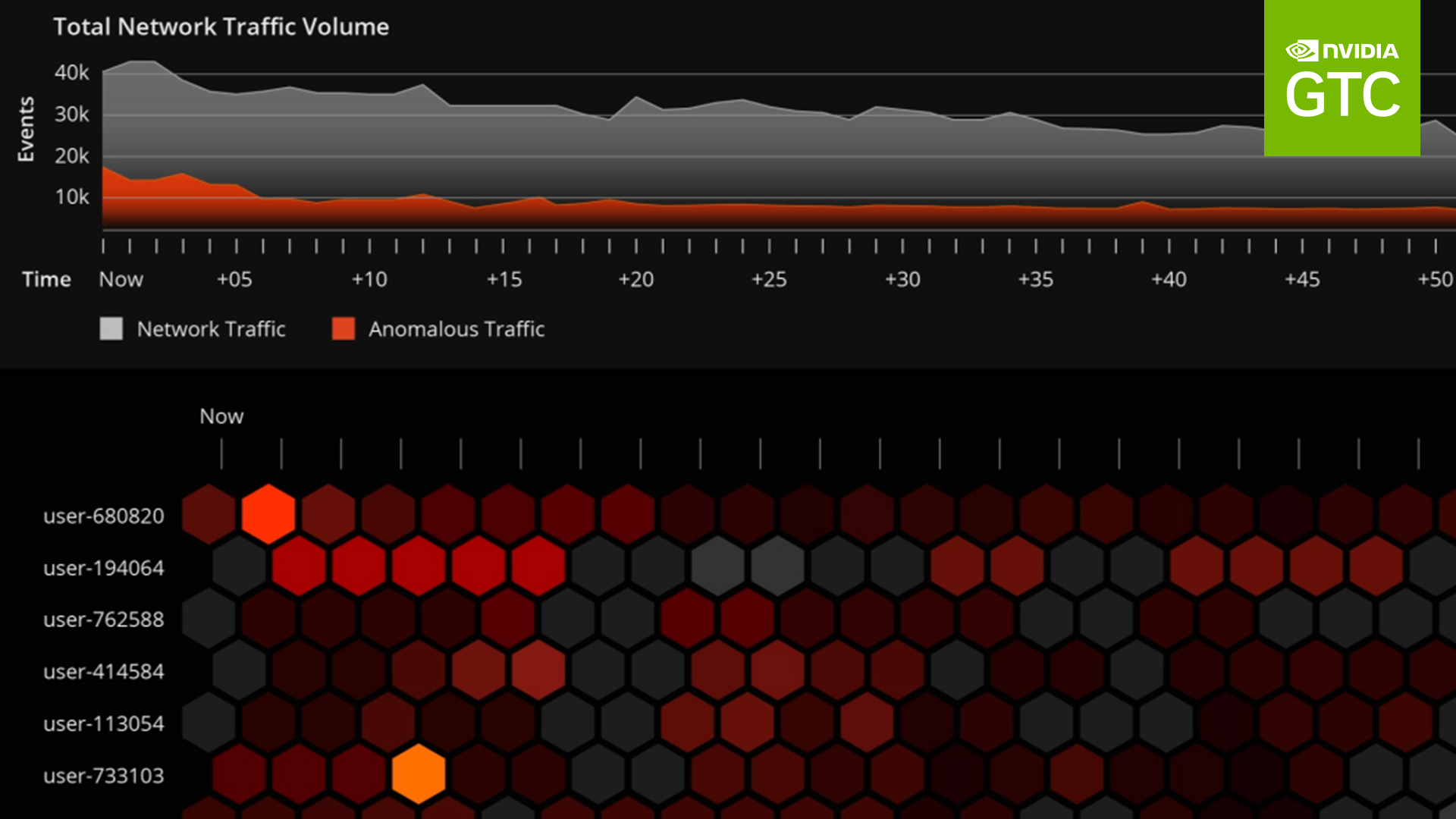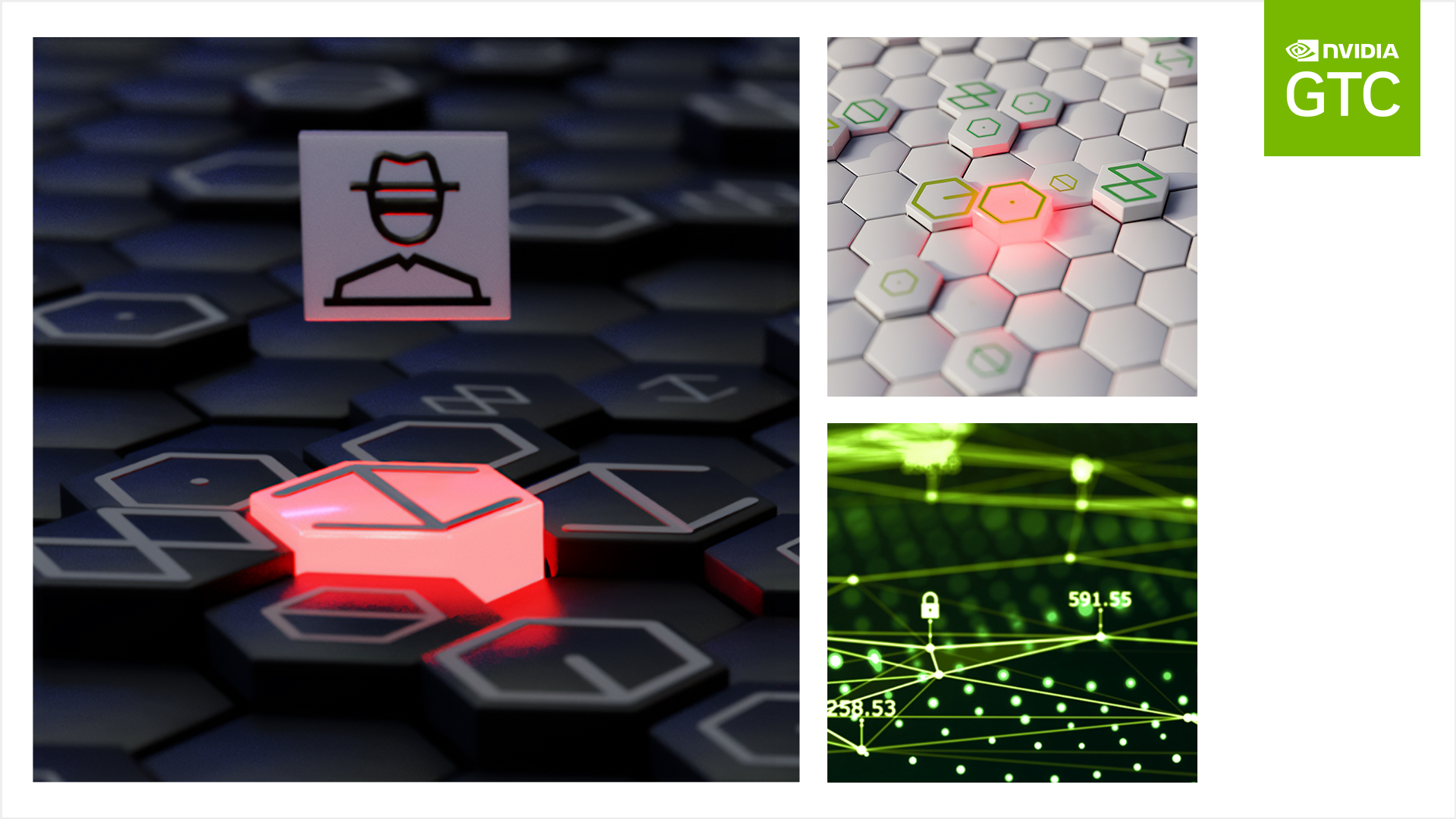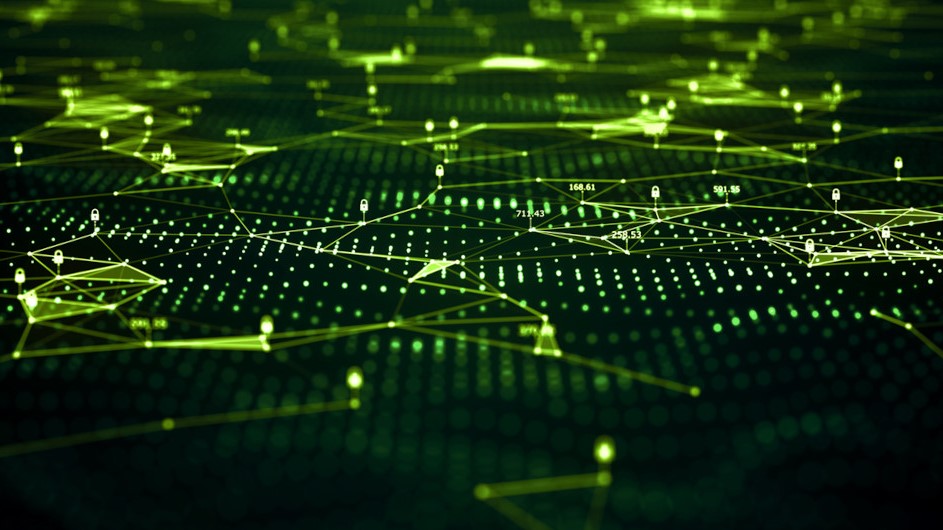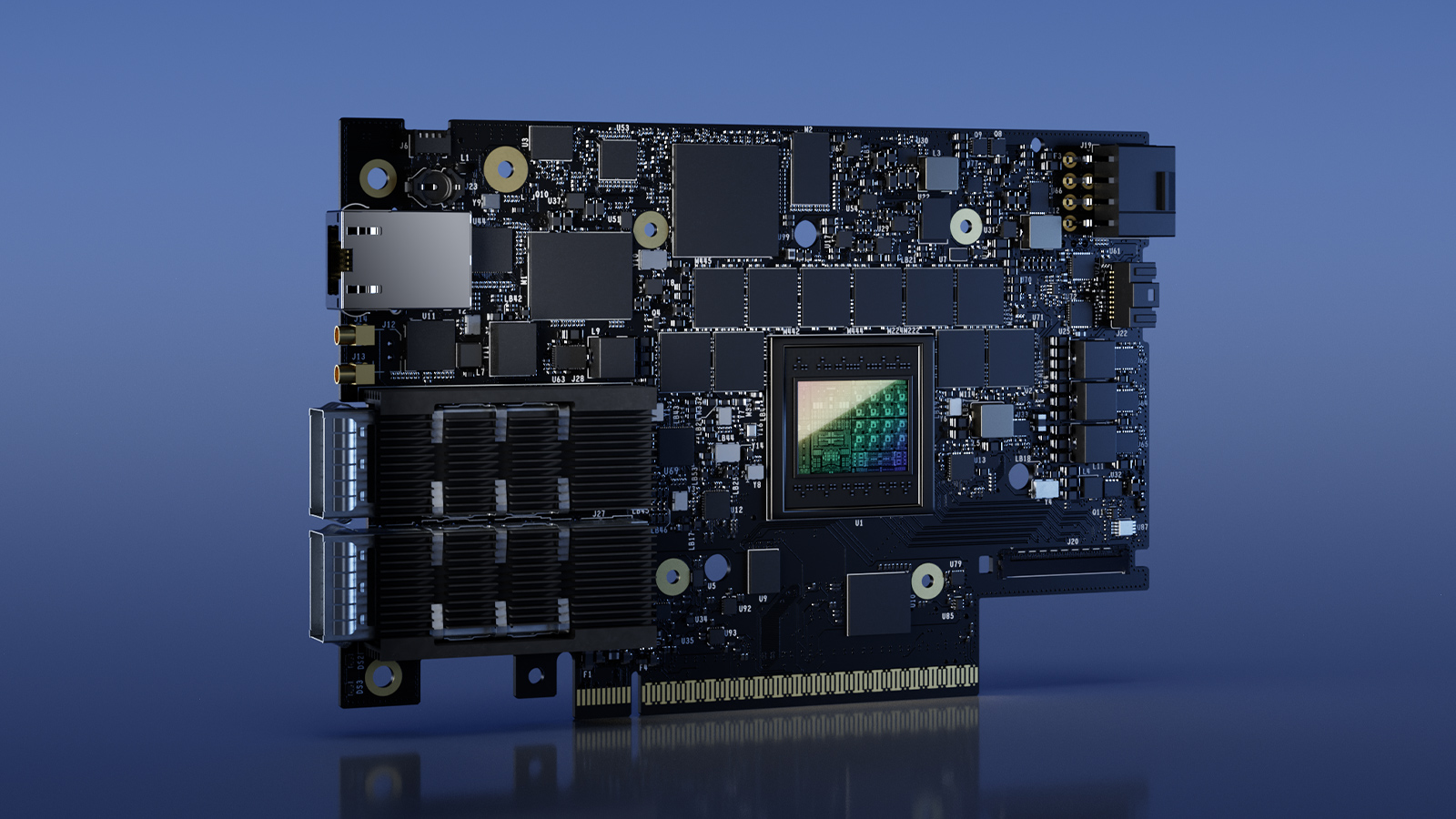Network traffic continues to increase, with the number of Internet users across the globe reaching 5 billion in 2022. As the number of users expands, so does the number of connected devices, which is expected to grow into the trillions.
The ever-increasing number of connected users and devices leads to an overwhelming amount of data generated across the network. According to IDC, data is growing exponentially every year, and it’s projected the world will generate 179.6 zettabytes of data by 2025. This equates to an average of 493 exabytes of data generated per day.
All this data and network traffic poses a cybersecurity challenge. Enterprises are generating more data than they can collect and analyze, and the vast majority of the data coming in goes untapped.
Without tapping into this data, an enterprise can’t build robust and rich models and detect abnormal deviations in their environment. The inability to examine this data leads to undetected security breaches, long remediation times, and ultimately huge financial losses for the company being breached.
With cyberattack attempts per week rising by an alarming 50% in 2021, cybersecurity teams must find ways to better protect these vast networks, data, and devices.
To address the cybersecurity data problem, security teams might implement smart sampling, or smart filtering, where they either analyze a subset of the data or filter out data deemed insignificant. These methods are typically adopted because it is cost-prohibitive and extremely challenging to analyze all the data across a network.
Companies may not have the infrastructure to process that scale of data or to do so in a timely manner. In fact, it takes 277 days on average to identify and contain a breach. To provide the best protection against cyberthreats, analyzing all the data quickly yields better results.
The NVIDIA Morpheus GPU-accelerated cybersecurity AI framework enables, for the first time, the ability to inspect all network traffic in real time to address the cybersecurity data problem on a scale previously impossible.
With Morpheus, you can build optimized AI pipelines to filter, process, and classify these large volumes of real-time data, enabling cybersecurity analysts to detect and remediate threats faster.
New visualization capabilities help pinpoint threats faster
The latest release of NVIDIA Morpheus provides visualizations for cybersecurity data, enabling cybersecurity analysts to detect and remediate threats more efficiently. Previously, cybersecurity analysts would have examined large amounts of raw data, potentially parsing through hundreds of thousands of events per week, looking for anomalies.
Morpheus includes several prebuilt, end-to-end workflows to address different cybersecurity use cases. Digital fingerprinting is one of the prebuilt workflows, designed to analyze the behavior of every human and machine across the network to detect anomalous behavior.
The Morpheus digital fingerprinting pretrained model enables up to 100% data visibility and uniquely fingerprints every user, service, account, and machine across the enterprise data center. It uses unsupervised learning to flag when user and machine activities shift.
The digital fingerprinting workflow includes fine-tunable explainability, providing metrics behind highlighted anomalies, and thresholding to determine when certain events should be flagged. Both are customizable for your environment.
Digital fingerprinting also now includes a new visualization tool that provides insights to a security analyst on deviations from normal behavior, including how it has deviated, and what is related to that deviation. Not only do analysts get an issue alert, they can quickly dive into the details and determine a set of actionable next steps.
This gives organizations orders of magnitude improvement in data analysis, potentially reducing the time to detect a threat from weeks to minutes for certain attack patterns.
Figure 1 shows a closer look at the visualization for the digital fingerprinting use case in Morpheus. This example looks at cybersecurity data on a massive scale: tens of thousands of users, where each hexagon represents events related to a user over a period of time. No human can keep track of this many users.
NVIDIA Morpheus has parsed and prioritized the data so it’s easy to see when an anomaly has been identified. In the visualization, the data is organized such that the most important data is at the top and colors indicate the anomaly score: darker colors are good and lighter colors are bad. A security analyst can easily identify an anomaly because it’s prioritized and easy to spot. The security analyst can select a light-colored hexagon and quickly view data associated with the event.
With NVIDIA Morpheus, AI performs massive data filtration and reduction, surfacing critical behavior anomalies as they propagate throughout the network. It can provide security analysts with more context around individual events to help connect the dots to other potentially bad things happening.
NVIDIA Morpheus digital fingerprinting workflow in action
The following video shows a breach. With Morpheus, you can reduce from hundreds of millions of events per week to just 8–10 potentially actionable things to investigate daily. This cuts the time to detect threats from weeks to minutes for certain attack patterns.
Morpheus helps keep sensitive information safe
Another prebuilt workflow included with Morpheus is sensitive information detection, to help find and classify leaked credentials, keys, passwords, credit card numbers, bank account numbers, and more.
The sensitive information detection workflow for Morpheus now includes a visual graph-based explainer to enable security analysts to spot leaked sensitive data more easily. In the visualization for sensitive information detection, you see a representation of a network, where dots are servers and lines are packets flowing between the servers.
With Morpheus deployed, AI inferencing is enabled across the entire network. The sensitive information detection model is trained to identify sensitive information, such as AWS credentials, GitHub credentials, private keys, and passwords. If any of these are observed in the packet, they appear as red lines.
The AI model in Morpheus searches through every packet, continually flagging when it encounters sensitive data. Rather than using pattern matching, this is done with a deep neural network trained to generalize and identify patterns beyond static rulesets.
Notice all the individual lines; you can see how quickly a human can become overwhelmed by all of the data coming in. With the visualization capabilities in Morpheus, you immediately see the lines that represent leaked sensitive information. Hovering over one of the red lines shows information about the credential, making it easier to triage and remediate.
With Morpheus, cybersecurity applications can integrate and collect information for automated incident management and action prioritization. To speed recovery, the originating servers, destination servers, exposed credentials, and even the raw data is available.
Multi-process pipeline support enables new cybersecurity workflows
Multi-process pipeline support enables Morpheus to support new cybersecurity workflows, which can be intelligently batched to reduce latency. For example, a cybersecurity workflow with both deep learning and machine learning might use the same data, but with different derived features. The ensemble must ultimately come together, but machine learning is much faster than deep learning. Morpheus can now dynamically batch throughout multiple pipelines to optimize end-to-end times and minimize latency.
Enabling new AI-based cybersecurity solutions
With Morpheus, cybersecurity practitioners can access prebuilt AI workflows such as digital fingerprinting, sensitive information detection, and more:
- Crypto-mining malware detection
- Phishing detection
- Fraudulent transaction and identity detection
- Ransomware detection
Morpheus enables cybersecurity developers and ISVs to build AI-based solutions. It includes developer toolkits and fine-tuning scripts to make it easy to integrate Morpheus into existing models. NVIDIA also partners with leading systems integrators who are enabling any organization to leverage AI-based cybersecurity.
Democratizing AI-based cybersecurity
Morpheus enables enterprises to develop AI-based cybersecurity tools more easily and better protect data centers. Systems integrators and cybersecurity vendors are using Morpheus to build more advanced, higher-performing cybersecurity solutions to take to organizations across every industry.
Best Buy
Best Buy deployed Morpheus on NVIDIA DGX to improve phishing detection capabilities and accelerate proactive response. Their deployment of Morpheus for the phishing detection use case enabled them to increase suspicious message detection by 15%.
Booz Allen Hamilton
Booz Allen Hamilton is helping to better enable incident response teams, particularly those tasked with threat hunting at the tactical edge. They’ve developed a highly customized, GPU-accelerated Cyber Precog platform that integrates operationally honed cyber tooling, AI models, and modular pipelines for rapid capability deployment.
Built using the NVIDIA Morpheus framework, Cyber Precog offers an initial suite of core capabilities along with a flexible software fabric for developing, testing, and deploying new GPU-accelerated analytics for incident response.
During incident response, operators may have to evaluate data on a disconnected edge network under conditions in which they cannot exfil data, so they can bring with them an uncompromised flyaway kit to securely access cyberdata.
Using NVIDIA GPUs and Morpheus, Cyber Precog enables up to a 300x speedup in data ingest and pipeline, 32x faster training, and 24x faster inference compared to CPU-based solutions. Booz Allen benchmarks show that a single NVIDIA GPU-accelerated server replaces up to 135 CPU-only server nodes, providing expedited decision-making for cyber operators.
The Cyber Precog platform is available to public and private sector customers.
CyberPoint
CyberPoint is focused on zero trust across a spectrum of cybersecurity use cases with dozens of mission partners and networks across various organizations, making analysis incredibly challenging.
Delivering AI-based solutions to identify threat entities and malicious behavior is critical to security operations center analysts, enabling them to pivot and focus on only the most salient threats.
Using NVIDIA Morpheus, they’ve built user behavior models to help analysts identify threats on live data as it comes in. They’ve developed their own stages within Morpheus to fit their use cases, leveraging graph neural networks and natural language processing models, and integrating them with Graphistry to provide 360-degree views of users and devices.
By using Morpheus, CyberPoint has seen a 17x speedup for their cybersecurity workflows.
IntelliGenesis
IntelliGenesis has a flyaway kit built on NVIDIA Morpheus designed to be environment-agnostic and tailored for immediate detection and remediation at the edge. They’ve built an enterprise solution to conduct AI-based real-time threat detection at scale. It’s customizable yet simple enough to enable any level of data scientist or domain expert to use. Using Morpheus and GPU-acceleration, they immediately saw exponential increases in performance.
Splunk
Splunk created a Copilot for Splunk SPL, enabling users to write a description of what they want to achieve in plain English and get suggested queries to execute. The Splunk team spoke about this at .conf22 and, notably, there were many machine learning engineers in the crowd. The feedback was overwhelmingly positive and indicated that we’re only scratching the surface of what can be done with NLP today.
At first blush, this may not seem like a cybersecurity project. However, in implementing this, they’re able to identify sensitive information leakage, which is a stellar example of Morpheus’s flexibility in extracting insights from data. Using Morpheus, Splunk achieved 5–10x speedups to their pipeline.
World Wide Technology
World Wide Technology (WWT) is using Morpheus and NVIDIA converged accelerators for their AI Defined Networking (AIDN) solution. AIDN expands upon existing IT monitoring infrastructure to observe and correlate telemetry, system, and application data points over time to build actionable insights and alert network operators. Alerts are then used as event triggers for scripted actions, allowing AIDN to assist operators with repetitive tasks, such as ticket submission.
Morpheus at GTC and beyond
For more information about how NVIDIA and our partners are helping to address cybersecurity challenges with AI, add the following GTC sessions to your calendar:
- Learn About the Latest Developments with AI-Powered Cybersecurity: Learn about the latest innovations available with NVIDIA Morpheus, being introduced in the Fall 2022 release, and find out how today’s security analysts are using Morpheus in their everyday investigations and workflows. Bartley Richardson, Director of Cybersecurity Engineering, NVIDIA
- Deriving Cyber Resilience from the Data Supply Chain: Hear how NVIDIA tackles these challenges through the application of zero-trust architectures in combination with AI and data analytics, combating our joint adversaries with a data-first response with the application of DPU, GPU, and AI SDKs and tools. Learn where the promise of cyber-AI is working in application. Daniel Rohrer, Vice President of Software Product Security, NVIDIA
- Accelerating the Next Generation of Cybersecurity Research: Discover how to apply prebuilt models for digital fingerprinting to analyze behavior of every user and machine, analyze raw emails to automatically detect phishing, find and classify leaked credentials and sensitive information, profile behaviors to detect malicious code and behavior, and leverage graph neural networks to identify fraud. Killian Sexsmith, Senior Developer Relations Manager, NVIDIA
Learn how to use Morpheus by enrolling in the free, self-paced Sensitive Information Detection with Morpheus DLI course.
Get started with Morpheus on the /nvidia/morpheus GitHub repo or NGC, or try it on NVIDIA LaunchPad.

